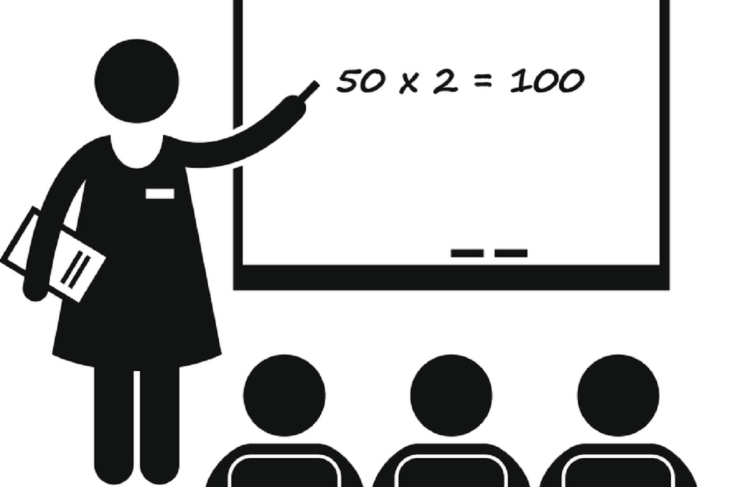Editor’s Note: Back in September 2018, awaiting the election of our next governor, we at the Fordham Institute began developing a set of policy proposals that we believe can lead to increased achievement and greater opportunities for Ohio students. This is one of those policy proposals.
With Mike DeWine sworn in as Ohio’s 70th governor, and with his administration now well underway, we are proud to roll out the full set of our education policy proposals. You can download the full document, titled Fulfilling the Readiness Promise: Twenty-five education policy ideas for Ohio, at this link, or you can access the individual policy proposals from the links provided here.
Proposal: Provide funding to support districts and charter networks that seek to create teacher-residency programs in partnership with institutions of higher education. Because residencies train nontraditional candidates, they should also relax teacher-licensing statutes to allow districts to hire individuals who have degrees outside of education.
Background: Ohio schools employ over 100,000 teachers, the majority of whom were trained in traditional teacher-preparation programs housed in colleges or universities. Ohio also offers a couple of alternative routes for nontraditional candidates via the Intensive Pedagogical Training Institute or the highly selective Teach For America program. Together, these traditional and nontraditional routes fill many of the staffing needs of schools, but significant voids remain. In other parts of the country, teacher-residency programs have been launched to address such needs. They provide in-depth clinical experiences to new recruits—typically early- to mid-career professionals—before they take on full teaching responsibilities. The residency programs are generally close partnerships between K–12 schools and local institutions of higher education. The schools pair new recruits with experienced mentors who support their hands-on classroom experience; local colleges sometimes provide coursework. Research on residencies shows they can attract talented individuals into high-need schools and in-demand subjects, improve the diversity of the profession, and support retention. In a 2016 Learning Policy Institute paper, just one teacher-residency program was found in Ohio—developed by the Cleveland-based Breakthrough Network of charter schools in partnership with Ursuline College and John Carroll University.[1]
Proposal rationale: Residency programs prioritize clinical experience in the classroom—a learning-by-doing approach rather than a conventional paper-credentials model. Such programs are a promising way to draw nontraditional or mid-career candidates into the profession, especially in hard-to-staff subjects and schools.
Cost: The state could budget $10 million per year to create a grant program that would support the planning and implementation of teacher-residency programs. Depending on the specific residency model and what expenses are subsidized—for example, tuition, residents’ salaries, or stipends for mentors—this amount should support the training of approximately 100 to 250 residents (nationally, the cost per resident ranges from $35,000 to $85,000, which may include the resident teachers’ salaries).
Resources: For overviews of teacher residencies, see the 2016 Learning Policy Institute report The Teacher Residency: An Innovative Model for Preparing Teachers by Roneeta Guha and colleagues and the National Center for Teacher Residencies’ “About The Residency Model.” For data on residency costs, see Sara Morris and Marisa Bier’s article “This may be the best way to train teachers—and yes, we can afford it” in the Hechinger Report (2016). For an overview of Breakthrough’s residency program, see “Cleveland Urban Teacher Residency,” and for more information on teaching requirements in Ohio, see Jessica Poiner’s policy brief “Pathways to Teaching in Ohio,” published by the Fordham Institute (2015).
[1] The “residencies” discussed here are not related to Ohio’s Resident Educator Program, a state-required development program for beginning teachers trained in traditional education schools.

